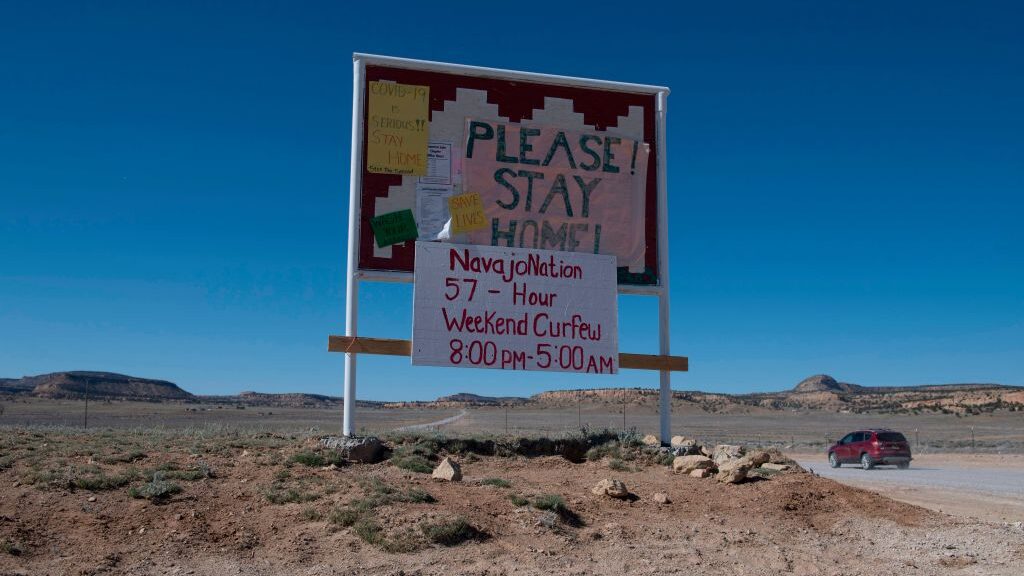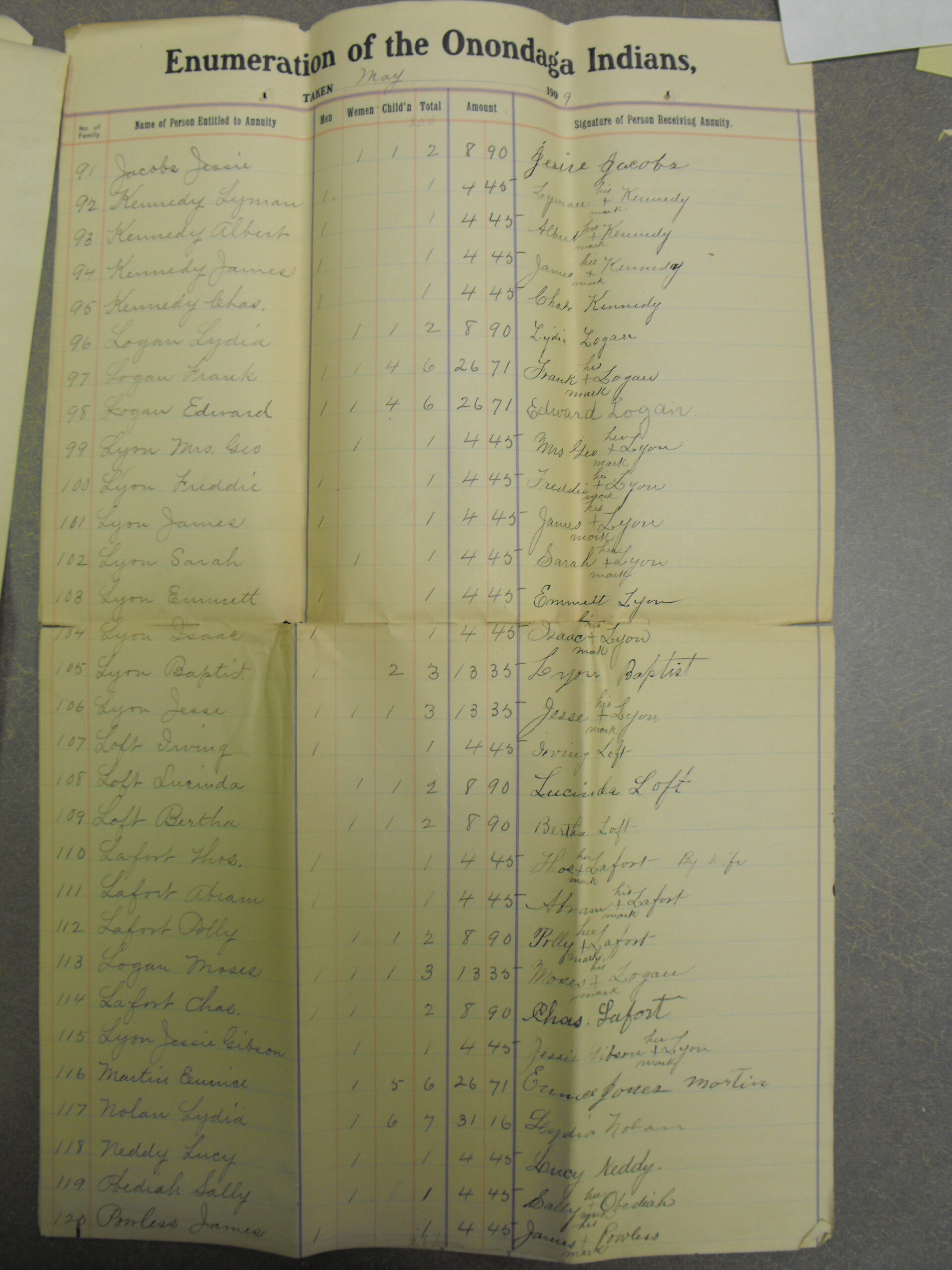Writing a textbook has made it abundantly clear the many different ways one might write a narrative history of Indigenous America. There are so many strands we might pull to weave together stories of the Native American past. I have mentioned on this blog, for instance, the possibility of writing a narrative history of Native America focused on the treatment received by Indigenous children, from Columbus’s observation that the young girl he saw swimming might make a pliable slave, to George Percy allowing his men to murder Paspahegh children, to boarding schools and so on and so on to today’s crisis in foster care and the devastating reality posed by untold numbers of murdered and missing Indigenous women and girls.
The story from a couple of days ago in The Guardian shows that one could write a narrative history of Native peoples focused on health and wellness, and disease, medicine, and mortality, as well.
The first European explorers to this continent commented upon the healthfulness and fitness of the Native peoples they encountered. These early explorers also described the illnesses that commonly began to afflict them shortly after the newcomers arrived. Sometimes these observers, despite not always understanding what they saw before them, provided evidence on how Native peoples interpreted outbreaks of disease, and their efforts to counter the onslaught. So many really great historians–Elizabeth Fenn and Paul Kelton come readily to mind–have traced in extraordinary detail the cause and consequences of these lethal encounters.
Then there are the chronic diseases that began to loom large in the lives of Native peoples. The story of the boarding schools cannot be told apart from the waves of tuberculosis and trachoma that swept through the dormitories. The influenza epidemic of 1918 killed many Indigenous peoples. The government-sponsored Merriam Report of 1928 is in part a catalog of health crises suffered by the native wards of the nation.
You do not have to look far to see how significant disparities remain and that by nearly every measure of health Native peoples lag behind Non-Native Americans. Though tribes that run their own health programs have enjoyed considerable success in addressing the challenges they face, and have done so in a manner often consistent with their traditions, there remains much work to be done. According to the myriad figures released by the Indian Health Service, the Centers for Disease Control, the National Institutes of Health, and a number of Native American advocacy groups, native peoples are six times more likely to die from alcohol‐related causes, almost three times as likely to suffer from diabetes , and nearly 2.5 times as likely to die in a motor vehicle accident. Native peoples are twice as likely to be murdered as other Americans. At sixty‐eight years, Native Americans have the lowest life expectancy of any population in the United States. More Native Americans than any other group describe themselves as being in poor or fair health .
Mental health is a problem as well. More than four out of five Native American women experience the trauma of sexual violence during their lifetimes. For Native American youth, 40.9% are overweight or obese, compared to 30% for the population as a whole. Native American children between the ages of ten and nineteen suffer from diabetes at three times the rate for all other races. Rates of drug, cigarette, and alcohol abuse are very high . Suicide is the second leading cause of death among youth aged fifteen to twenty‐four, four times the national rate.
And now, thanks to The Guardian’s reporting, we know what all the evidence had led us to suspect. Covid has devastated Native American communities. “American Indians and Alaskan Natives are dying at almost twice the rate of White Americans.” What that means is that “nationwide one in every 475 Native Americans has died from Covid since the start of the pandemic, compared with one in every 825 White Americans and one in every 645 Black Americans.” And these figures are based on incomplete data: many cities do not report deaths fully, or misidentify Native Americans as belonging to other ethnic groups.
One out of every 160 Navajos has died. The Northern Cheyenne in Eastern Montana have lost 1% of their total population. About a quarter of those who died were native speakers of the Cheyenne language. Despite the Cherokee Nation’s excellent health care system for tribal members, 35 of the remaining 2000 fluent speakers of Cherokee have been killed.
It is worth having your students think about these figures. According to The Guardian, “tribal leaders and health experts agree that while the excessive death toll is shocking, it’s hardly surprising, given the chronic structural, economic, and health inequalities . . . resulting from the US Government’s failure to comply with treaty obligations promising adequate funding for basic services in exchange for vast amounts of tribal land.
Maybe the Biden administration will help confront these inequalities. One might argue that it already has done more than President Trump did in four years. The key point, I tell my students, is that none of this was inevitable. People make choices. All sorts of factors and interests may inform those choices. But at the end of the day, we have every right to do the research necessary to pass judgment on these choices and, where possible and necessary, to demand that those responsible be called to account.


